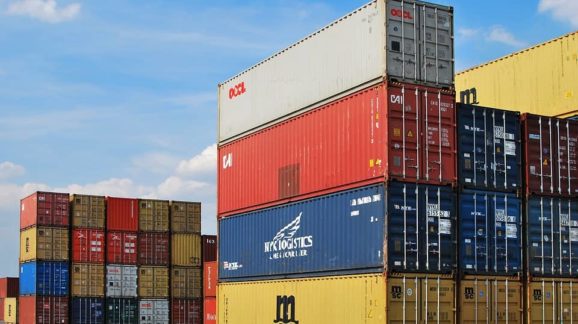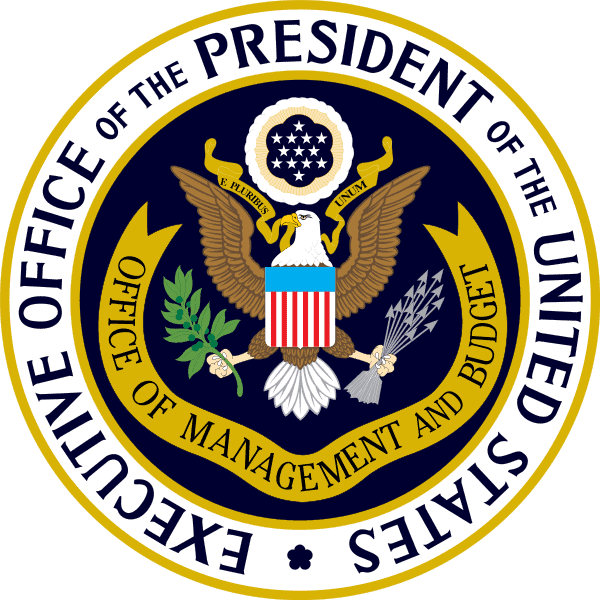Trump Tariff Costs to Outweigh Benefits from Deregulation

 Early in the Trump administration, a series of executive orders slowed the growth of new regulations and removed some existing rules. From the start of the administration through June 30, 2019, the total savings from these policies are an estimated $46.5 billion, according to a new study by David G. Tuerck and William Burke for the National Foundation for American Policy. More importantly, they also find that annual costs from the Trump tariffs will soon outweigh these cumulative benefits. This is despite the first new tariffs not appearing until January 2018, giving deregulation a one-year head start on impacting the economy.
Early in the Trump administration, a series of executive orders slowed the growth of new regulations and removed some existing rules. From the start of the administration through June 30, 2019, the total savings from these policies are an estimated $46.5 billion, according to a new study by David G. Tuerck and William Burke for the National Foundation for American Policy. More importantly, they also find that annual costs from the Trump tariffs will soon outweigh these cumulative benefits. This is despite the first new tariffs not appearing until January 2018, giving deregulation a one-year head start on impacting the economy.
By the end of 2019, the dead loss (more commonly called “deadweight loss”) from the Trump tariffs will total $32.1 billion. This includes the just-imposed 15 percent China tariffs that took effect on September 1, and the planned 30 percent tariffs set to take effect in December. Given the uncertain nature of tariff implementation in the Trump administration, this figure is subject to change at any time.
If all planned tariffs are implemented, the annual deadweight losses from the Trump tariffs would be $121.1 billion—nearly triple the cumulative deregulatory benefits over the Trump administration’s first two and a half years.
Furthermore, Tuerck and Burke’s estimates only count deadweight losses from tariffs. They do not count tariff revenue, which is costing U.S. consumers an additional tens of billions of dollars per year.
There is another, more esoteric way in which Tuerck and Burke underestimate tariff costs. In a traditional supply-and-demand graph, which they provide on p. 10 of their report, the deadweight loss appears in a pair of triangles. These are called Harberger triangles, in honor of their discoverer, Arnold C. Harberger. These triangles do not tell the full story.
Gordon Tullock, in a famous 1967 article titled “The Welfare Costs of Tariffs, Monopolies, and Theft,” pointed out that rent-seeking and similar wasteful activities are not captured in Harberger triangles. These costs are in an adjacent rectangle that many analysts forget to include. Moreover, this Tullock rectangle in many cases is larger than the traditional deadweight loss Harberger triangles.
Trump has already implicitly admitted that his tariffs are hurting U.S. consumers. This admission has come in the form of tens of billions of dollars in money transfers to farmers; in his recent delay of some tariffs on Chinese-made consumer goods until after the holiday shopping season, which presidential adviser Peter Navarro called “President Trump’s Christmas present to the nation;” and most recently by Trump’s belief that the stock market would be 10,000 points higher without the China trade war. Even if hyperbole, this is still a shocking admission.
Tuerck and Burke have now put some numbers to these tariff costs, and found out they will soon well exceed the total benefits so far from deregulatory efforts. Not only that, but they have likely underestimated the harms tariffs are causing.